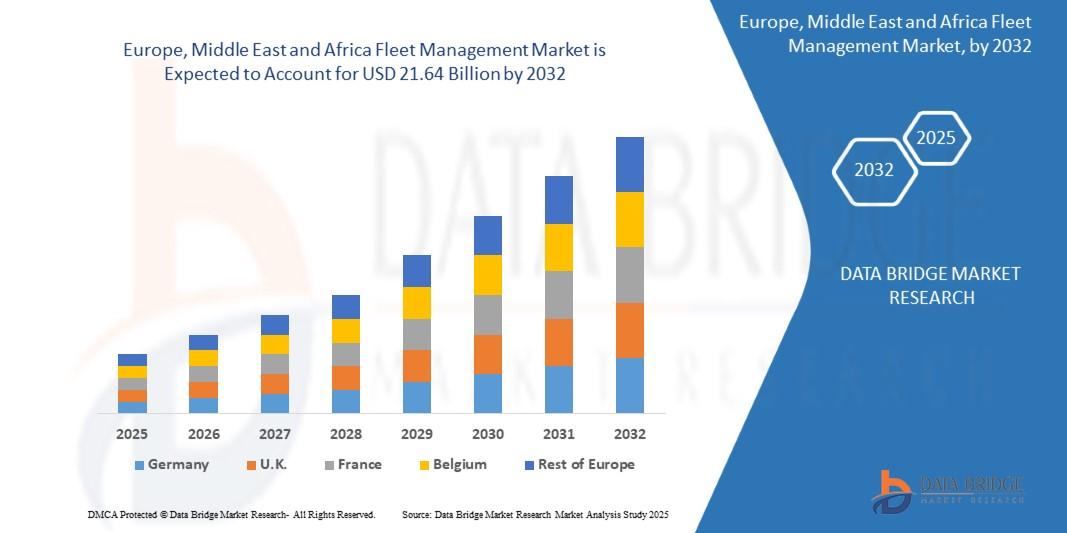Oilfield Digitalization: Transforming the Future of Energy Operations
The Oilfield Digitalization revolution is reshaping the global energy landscape by integrating advanced technologies such as artificial intelligence (AI), the Internet of Things (IoT), data analytics, and automation into oil and gas operations. This digital transformation aims to enhance efficiency, safety, and sustainability across exploration, drilling, production, and maintenance activities. As energy companies seek to optimize performance, reduce operational costs, and minimize environmental impact, oilfield digitalization has become a vital component of modern energy management.
The Evolution of Oilfield Digitalization
Oilfield digitalization, often referred to as the “Digital Oilfield,” emerged as a response to the industry’s growing need for operational efficiency and real-time data insights. Traditional oilfield operations relied heavily on manual monitoring and decision-making, which often led to inefficiencies and downtime. With advancements in digital technologies, oil and gas companies can now collect and analyze vast amounts of data from sensors, equipment, and field operations to make informed decisions instantly.
The integration of cloud computing, machine learning, and digital twins allows energy companies to simulate field conditions, predict equipment failures, and optimize production parameters. Digital twins—virtual replicas of physical assets—play a particularly crucial role by enabling continuous monitoring and predictive maintenance, reducing unplanned outages, and extending equipment lifespan.
Key Drivers of Oilfield Digitalization
The global drive toward energy efficiency and cost reduction has accelerated the adoption of digital technologies in the oil and gas sector. Low oil prices, volatile market conditions, and rising competition have compelled operators to seek smarter, data-driven strategies to maximize profitability.
-
Operational Efficiency: Digital tools automate repetitive tasks and provide real-time visibility into production activities, helping operators identify inefficiencies and make quick adjustments.
-
Predictive Maintenance: Advanced analytics and AI can forecast equipment issues before they occur, preventing costly breakdowns and downtime.
-
Safety and Sustainability: Digital monitoring systems enhance worker safety by reducing the need for manual inspections in hazardous environments and ensuring compliance with environmental standards.
-
Remote Operations: With IoT-enabled devices, field data can be accessed remotely, allowing operators to manage assets across multiple locations seamlessly.
These factors collectively enable oil companies to reduce operating expenses, improve asset utilization, and ensure long-term operational stability.
Technological Innovations Driving the Market
Several breakthrough technologies are shaping the oilfield digitalization landscape. AI and machine learning algorithms are enabling advanced data interpretation and production optimization. IoT sensors collect real-time field data, while edge computing ensures faster data processing closer to the source, reducing latency and enhancing decision-making speed.
Big data analytics helps in analyzing massive volumes of geological and production data to improve exploration accuracy and resource estimation. Robotic Process Automation (RPA) is increasingly being deployed for routine maintenance and inspection activities, minimizing human involvement in risky environments.
Moreover, the use of blockchain technology in oilfield operations is improving transparency and traceability in supply chains. It ensures secure data transactions between multiple stakeholders, streamlining contracts and reducing administrative inefficiencies.
Market Outlook and Regional Trends
The oilfield digitalization market is witnessing robust growth worldwide. North America dominates the market, driven by the presence of key oil producers and advanced technological infrastructure in the United States and Canada. The Middle East and Asia-Pacific regions are also rapidly adopting digital oilfield solutions to enhance productivity and sustainability.
Governments and energy companies in these regions are investing heavily in digital transformation initiatives to modernize aging infrastructure and reduce carbon emissions. For instance, several national oil companies are deploying digital platforms to improve reservoir management, automate production processes, and strengthen energy security.
As global energy demand continues to rise, the oilfield digitalization market is expected to expand further, integrating emerging technologies such as 5G connectivity, AI-driven automation, and renewable energy integration.
The Road Ahead
The future of oilfield digitalization lies in its ability to create fully connected, autonomous operations where data drives every decision. By combining real-time analytics with sustainable practices, digital oilfields can help the industry transition toward more efficient and environmentally responsible operations.
In the coming years, collaboration between technology providers, oil companies, and governments will be key to unlocking the full potential of digital transformation in the energy sector. Oilfield digitalization is not just a technological upgrade—it’s a strategic necessity for ensuring the long-term resilience and competitiveness of the global oil and gas industry.
FAQs
1. What is oilfield digitalization?
Oilfield digitalization refers to the integration of advanced technologies such as IoT, AI, and data analytics into oil and gas operations to enhance efficiency, safety, and sustainability across the production lifecycle.
2. What are the main benefits of oilfield digitalization?
Key benefits include improved operational efficiency, predictive maintenance, enhanced safety, reduced costs, and better decision-making through real-time data insights.
3. Which technologies are driving oilfield digitalization?
Technologies such as artificial intelligence, IoT, digital twins, cloud computing, and big data analytics are central to oilfield digitalization, enabling smart, data-driven oil and gas operations.
More Related Reports:
prewired flexible conduit market


